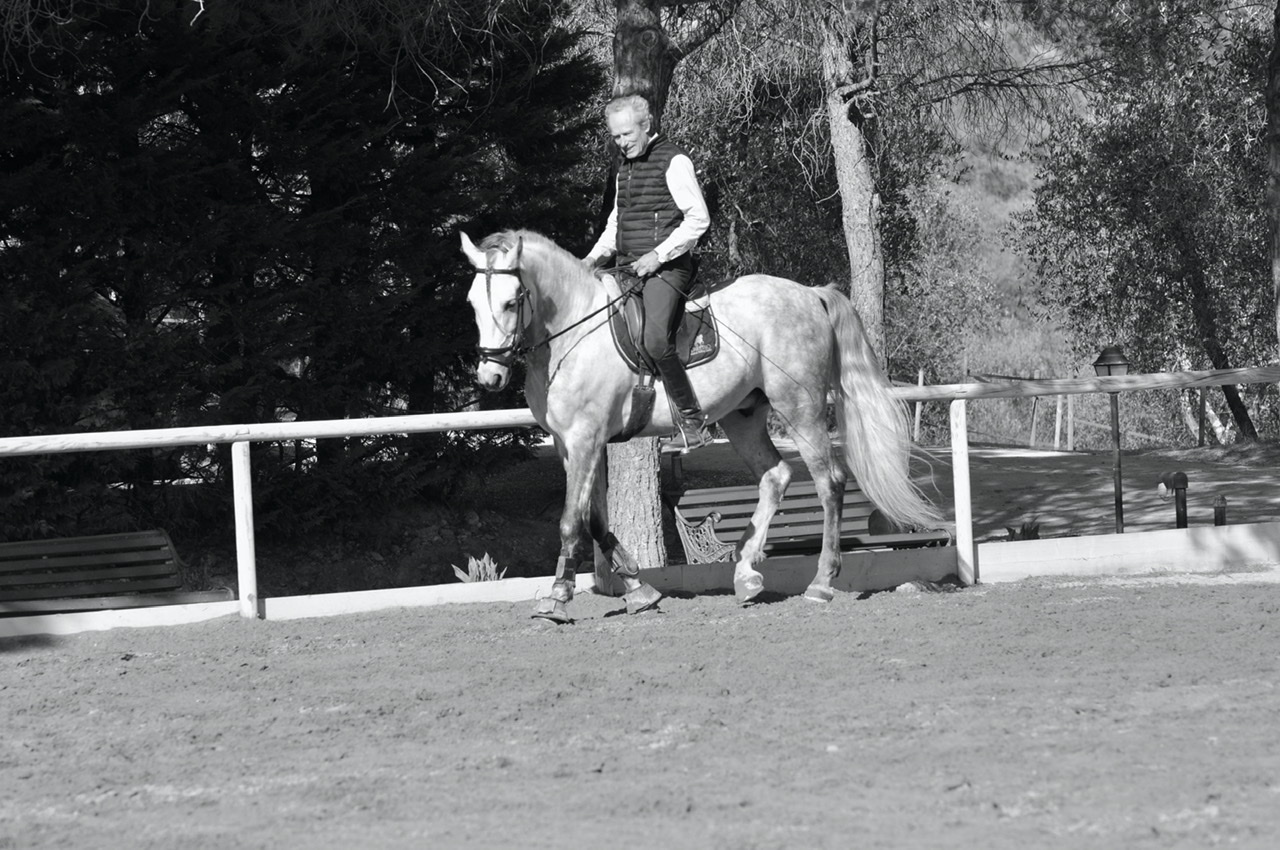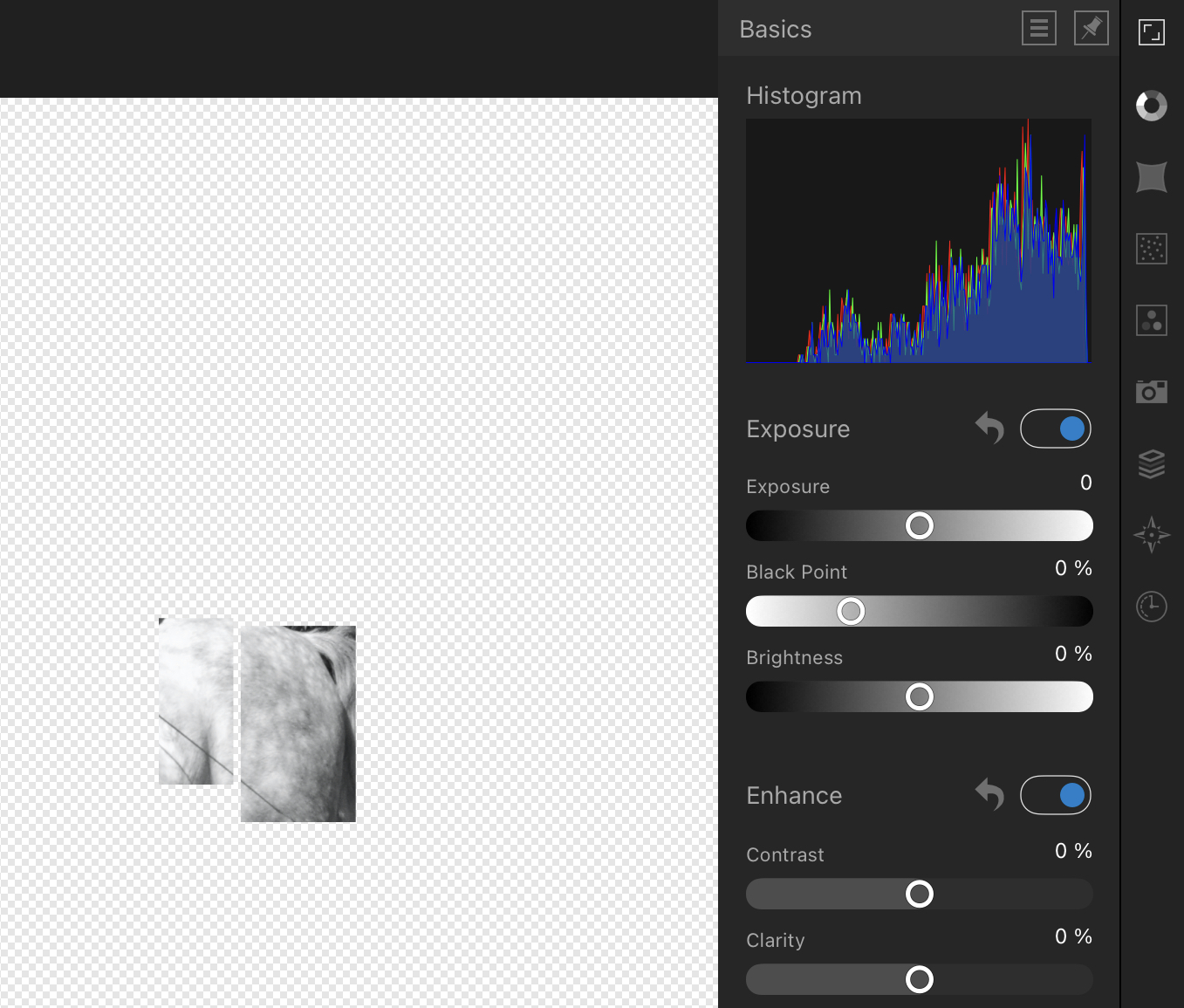| Joined: | Thu Apr 19th, 2012 |
| Location: | United Kingdom |
| Posts: | 4742 |
| Status: |
Offline
|
The ideal exposure may not be the most obvious part of the subject when viewed by an averaging camera meter.
Reversing the same incident meter and pointing its cone AT the subject invariably gave a less precise exposure.
Of course the cone took a very wide angle of view. The very quality required for accurate incident reading!
The advent of modern in-camera metering has gone a long way to making incident light meters redundant, using intelligent averaging of the surroundings being similarly lit to the subject.
Spot metering restricts what the camera meter sees but it does require you to chose the right part of the image to base the exposure on.
Even metering a coloured area can imprecisely position the exposure. As has been mentioned green grass is conveniently c.18% grey....not so for other colours. (Notice the darkness of the red seats in the mono image below)
Using a grey card and spot metering will give you more consistent results but not everyone wants to go through that sort of precision. Using part of the image can be helpful, like the grey horse.
But which part of the 18% grey horse is the right exposure?

Click here to comment on this image.

Click here to comment on this image.
Last edited on Sat Mar 27th, 2021 14:47 by Eric
____________________
Eric